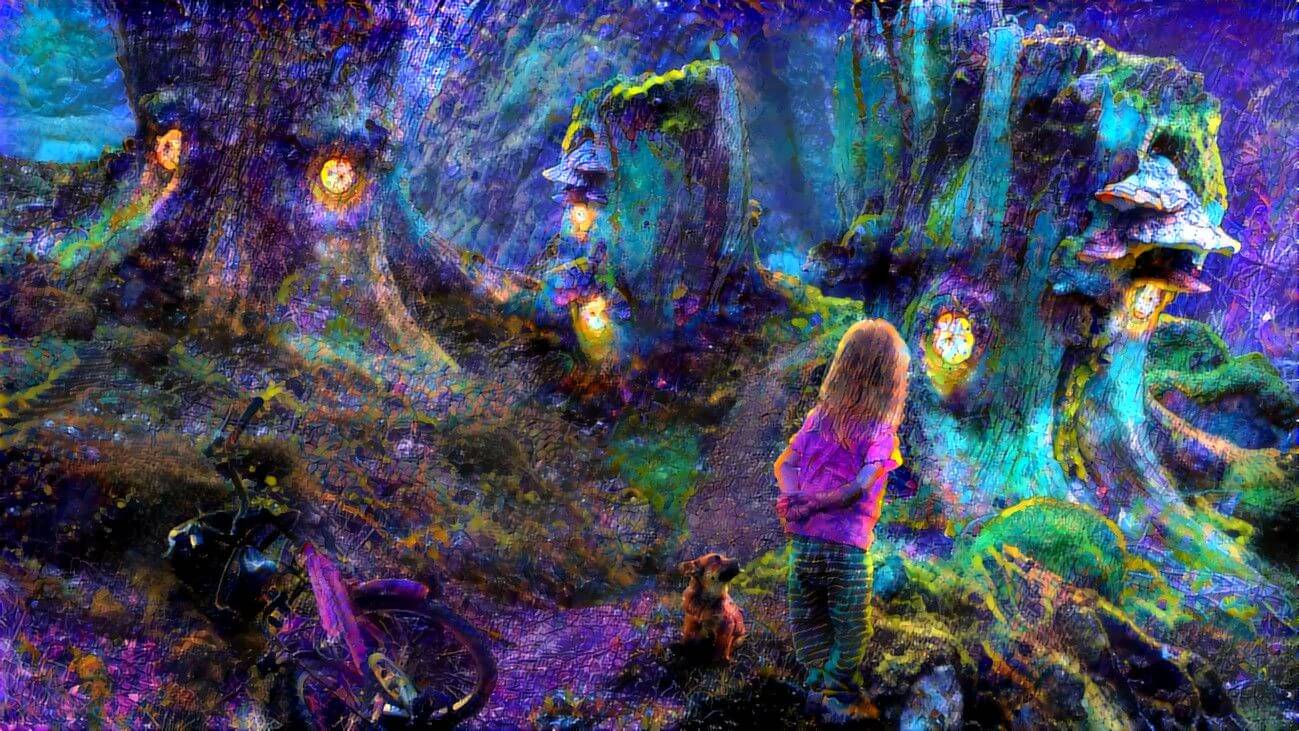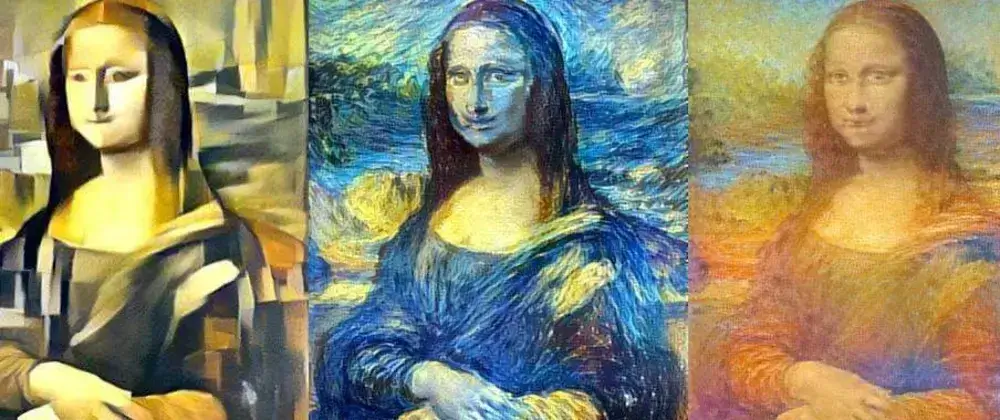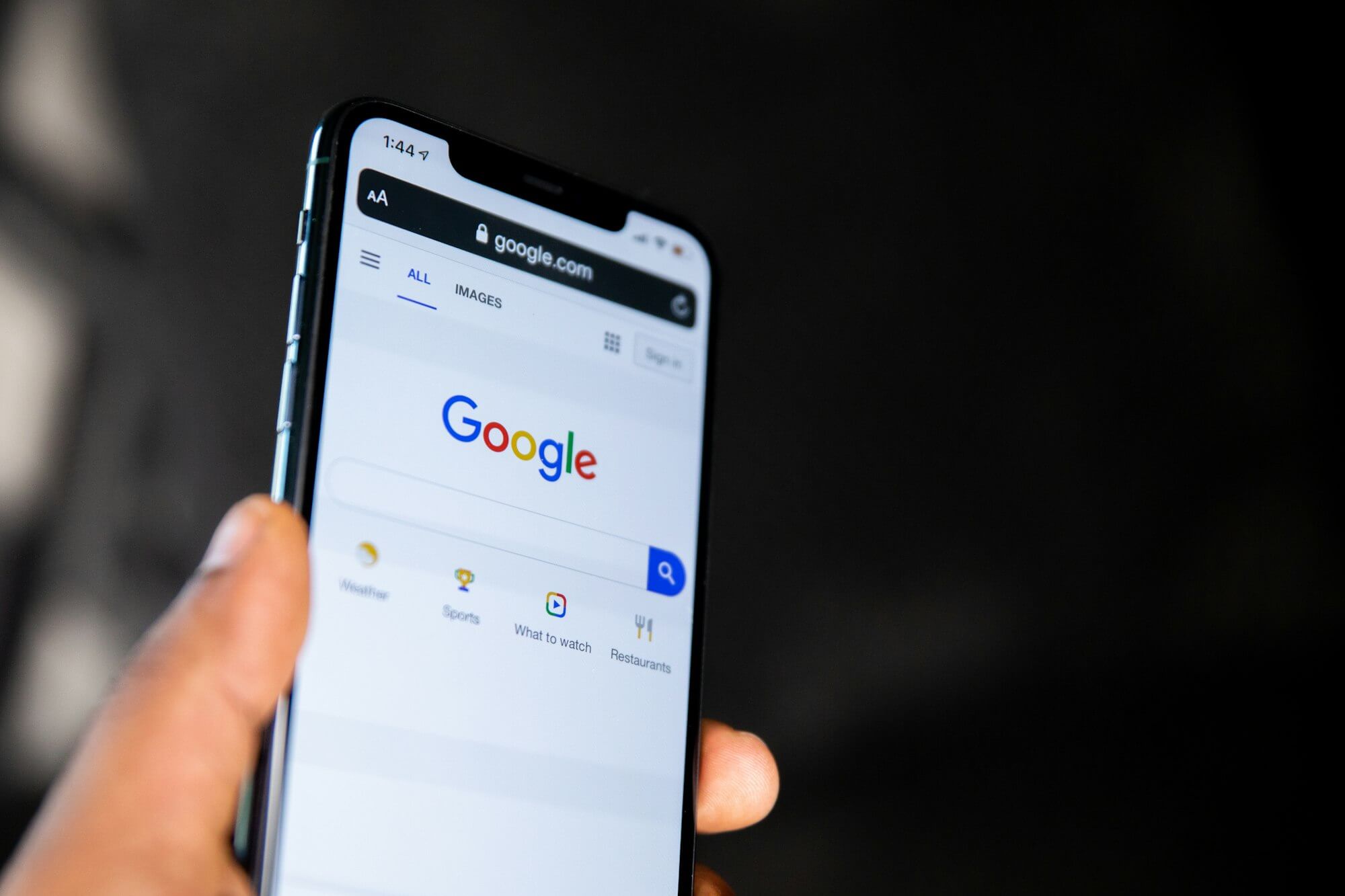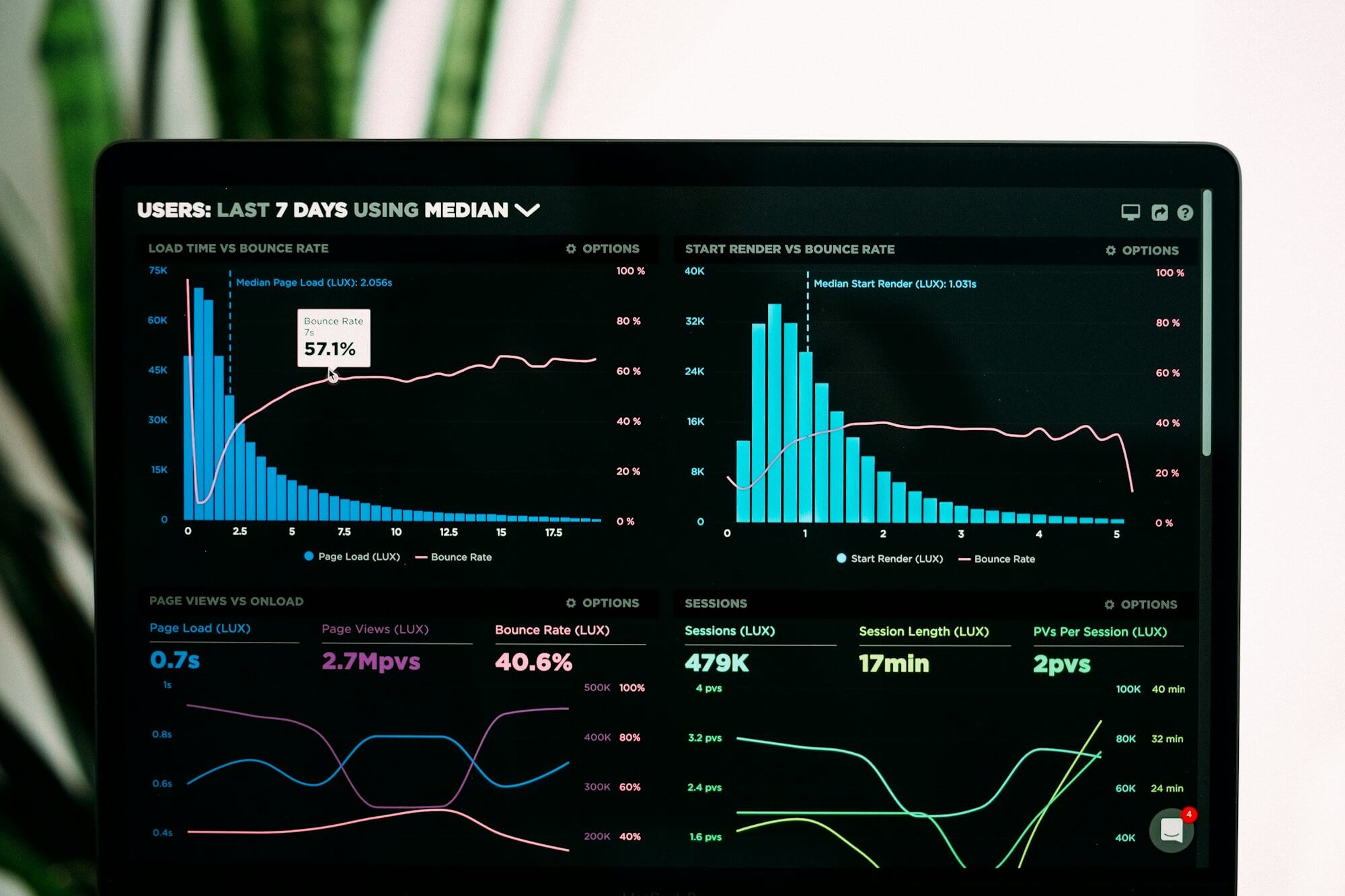AI has made significant advancements in generating images and unique art, opening up new creative possibilities. There are a few models available, let's cover the most prominent ones being used today.
Here are some ways AI can be used in this context:
Generative Adversarial Networks (GANs):
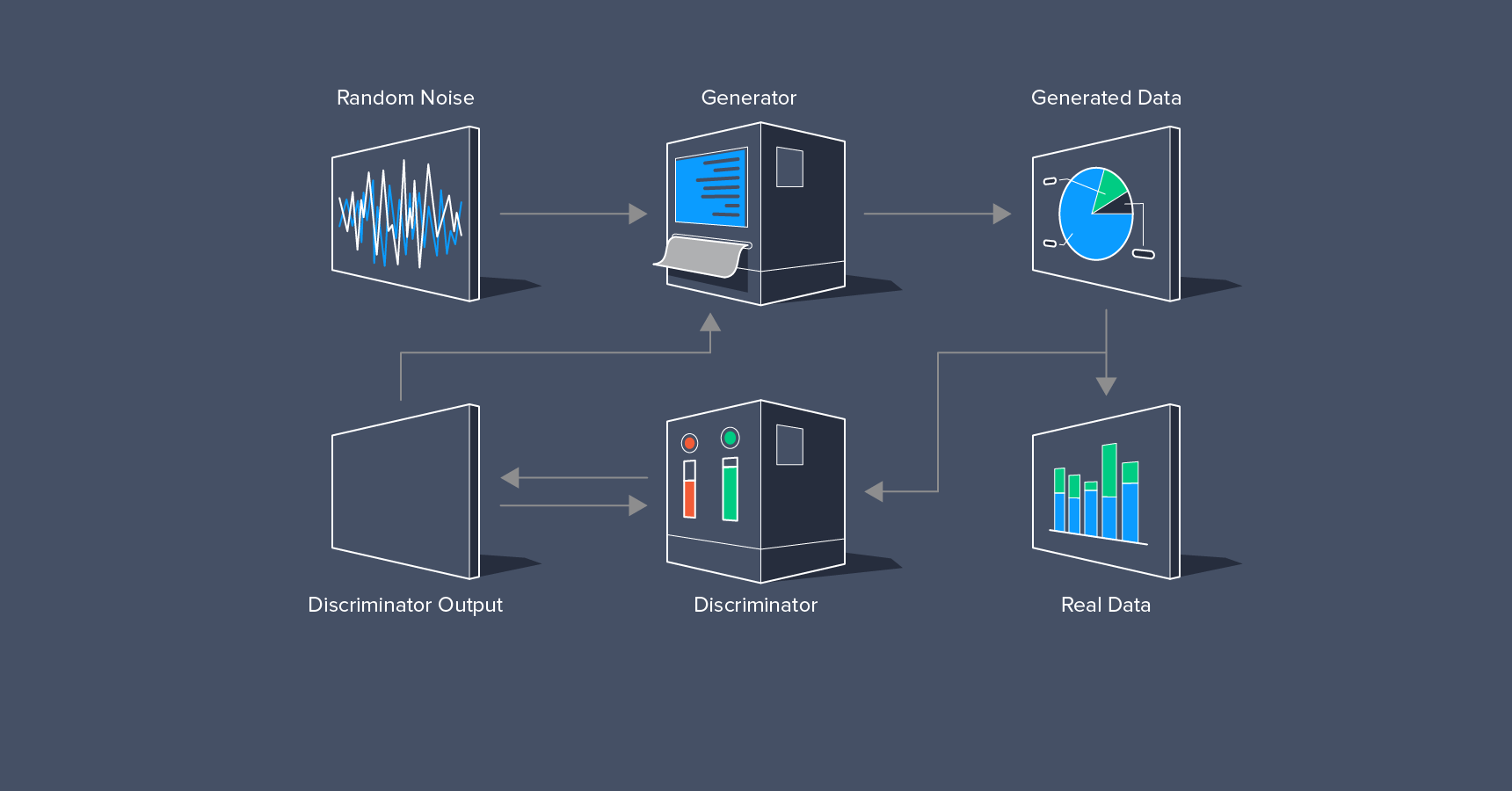
- GANs are a popular AI technique for generating images. They consist of two neural networks—a generator and a discriminator—that work together to create realistic and unique images. GANs have been used to generate realistic faces, landscapes, and even abstract art.
- Generative adversarial networks (GANs) are powerful and effective AI techniques for generating new, realistic images.
- GANs consist of two neural networks – the generator, which creates an image; and the discriminator, which evaluates the generated image against existing data to determine if it is real or fake. The two networks work together to produce unique and realistic images that may not have been seen before.
- GANs have been used to generate a wide variety of images such as realistic faces, landscapes, and even abstract art. As they learn from existing data, GANs can create more complex images as their training continues.
Style Transfer:
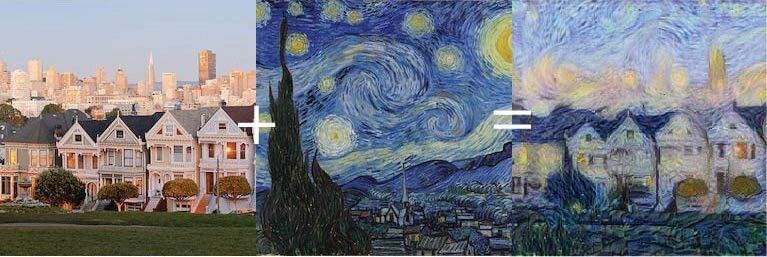
- AI algorithms can analyze the style of existing images or artworks and apply that style to new images. This technique, known as style transfer, allows artists and designers to create unique and visually striking compositions by combining different artistic styles.
- Style transfer AI algorithms allow artists and designers to create aesthetically pleasing images by applying the style of existing artworks to new images. This is accomplished by training a deep learning model to recognize the “style” of an image, which is composed of its visual texture, color palette, brush strokes, composition, and more.
- By using convolutional neural networks (CNNs) as a feature extractor, the algorithm can identify these visual features in the style image and then apply them to a target image while maintaining its content. The result is a “mash-up” of two distinct styles – typically one from a famous artist or artwork.
Deep Dream:
- Deep Dream is an AI technique that produces dream-like and surreal images. It involves using neural networks to "enhance" and exaggerate patterns and features in an image. By manipulating the layers and parameters of a trained neural network, artists can create visually captivating and imaginative artwork.
- The process of Deep Dreaming begins with training a convolutional neural network (CNN) on an image dataset. The CNN will learn to identify the particular elements within the dataset. Then, by tweaking certain parameters, artists can manipulate how the elements are detected by the CNN.
- The manipulation is done through a process called back-propagation which adjusts the weights of each node in order to produce more desirable outputs. This process emphasizes certain features in an image based on what it “thinks” it should emphasize. The result is often highly abstract art that includes both recognizable components and bizarre shapes.
- Deep Dreaming has become popular among both digital artists and hobbyists for its ability to produce unique artworks quickly compared to other approaches. In addition, modern implementations bring high usability, allowing users without technical expertise to explore photorealistic generative art with just a few clicks.
Neural Style Transfer:
- Neural style transfer involves combining the content of one image with the style of another. AI algorithms analyze the content and style images and generate a new image that merges the two. This technique enables artists to create unique and personalized compositions by blending different visual aesthetics.
- The process starts by extracting notable features from both images, like color and texture, which are then used to generate a hybrid image represented by a combination of content from one image with the style from another.
- The AI algorithm can also be used to preserve certain parts of either image while still allowing each component's characteristics to overlap.
Using neural style transfer can result in artwork that would not have been possible before, and is becoming increasingly popular as more people explore its potential for creating beautiful pieces of art.
Creative AI Platforms:
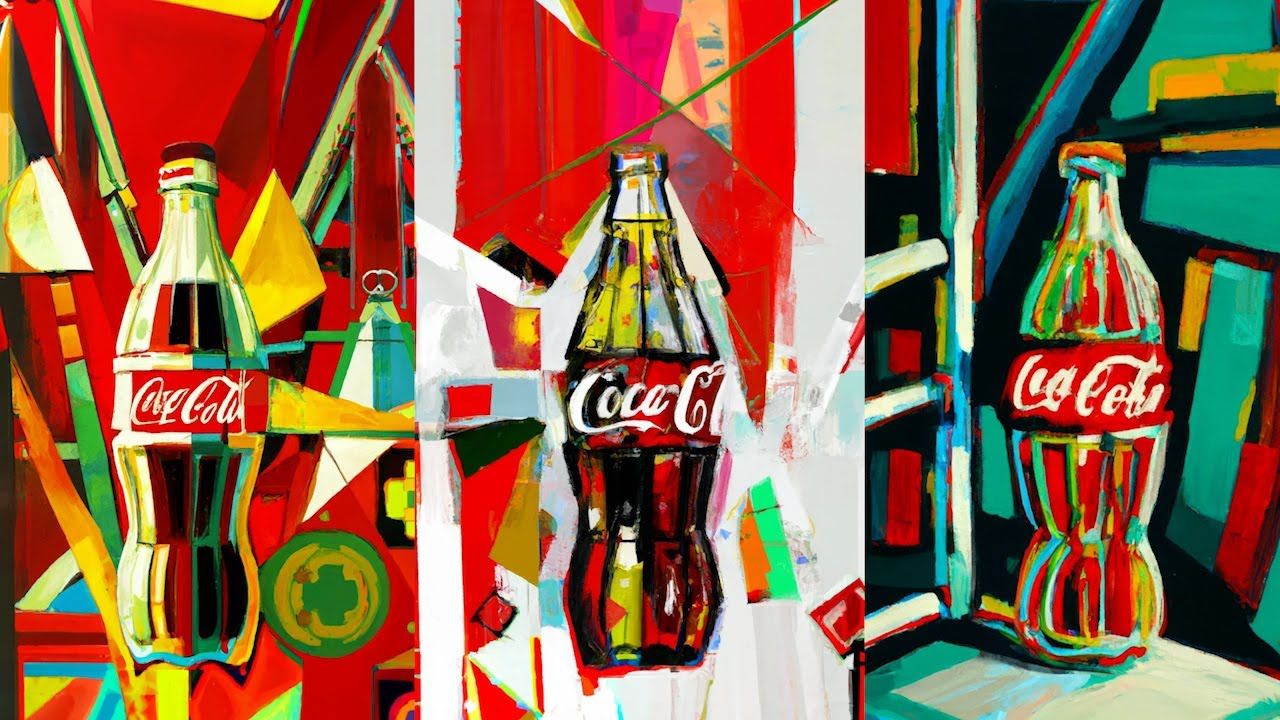
- Several platforms and tools harness AI to assist artists in generating unique artwork. These platforms use algorithms to generate artwork based on user inputs, such as color schemes, patterns, or keywords. Artists can then customize and refine the generated artwork to suit their vision.
- Generative art is increasingly popular among modern artists. Generative art is created by algorithms and allows artists to create unique artwork using Artificial Intelligence (AI). There are many platforms and tools available which utilize AI to assist in the creative process.
- Google's QuickDraw project uses predictive technology to generate images from simple sketches or doodles. Users can select a variety of themes such as animals, plants, transport, people, and buildings that AI suggests possible drawings to finish off. Artists can then further customize their work according to their own vision.
- The Adobe Creative Cloud Suite includes an application called Adobe Fresco which provides drawing and painting tools powered by AI. This application includes features such as Live Brushes that interpret user-created brushstrokes and brings them to life with added realism. Additionally, deep neural networks provide assistance when creating detailed illustrations, such as accurately predicting the colors within an image.
- Muselytics is another platform that harnesses generative art using AI algorithms. It enables users to explore various visual themes with its library of over 60 million images curated by machine learning algorithms. The application also offers a feature called AutoPaint which helps artists generate artwork based on different color palettes and styles.
Example;
Google Arts & Culture has an online experience called Experiments which allows users to interact with works of art generated by AI algorithms. These experiments include the Wave Function Collapse Experience where users can create images from digitally generated tiles like a jigsaw puzzle.
Data-Driven Art:
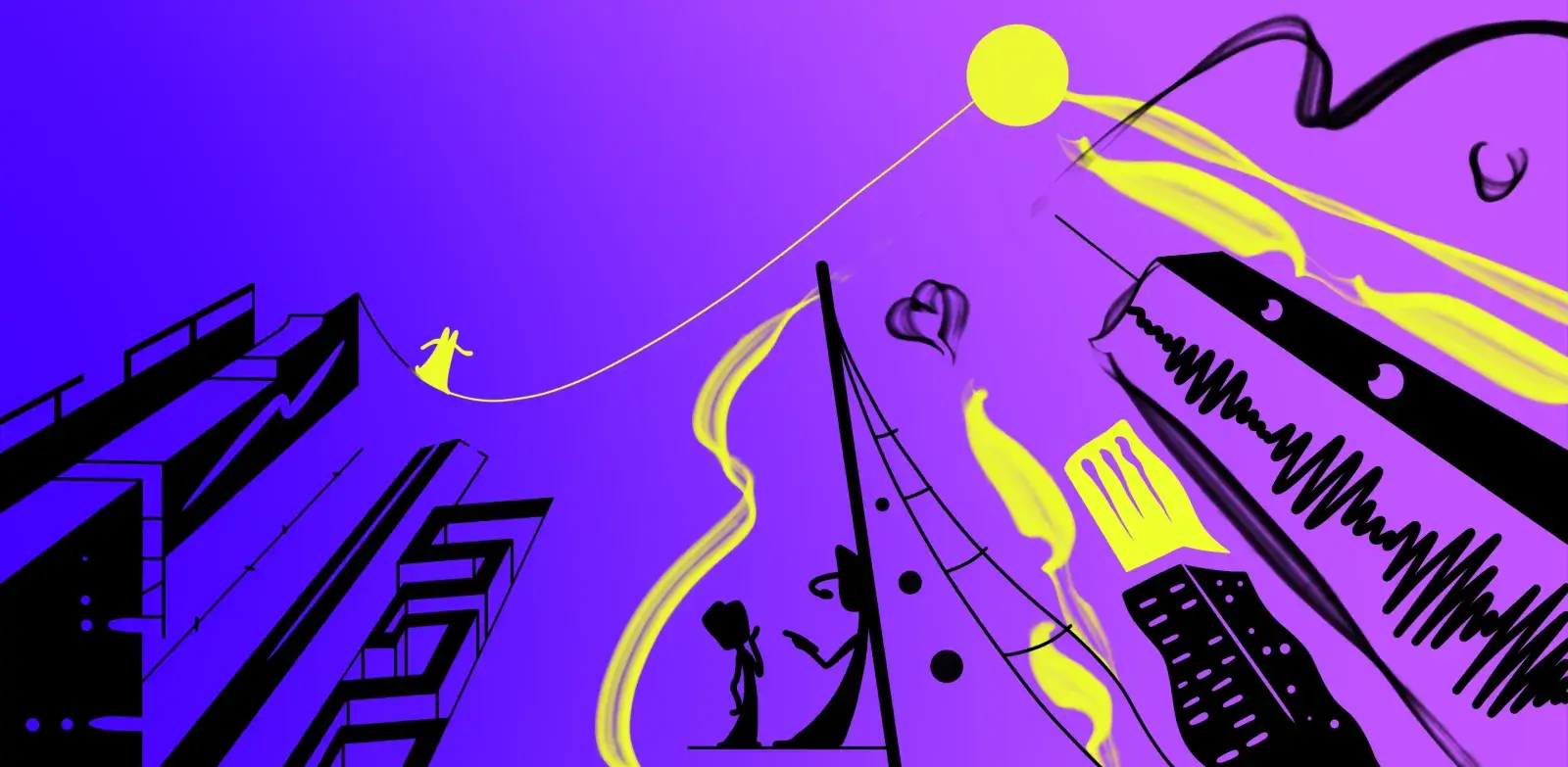
- AI algorithms can analyze large datasets, such as images, music, or text, and generate art based on the patterns and structures found within the data. This approach allows artists to create artwork that reflects and interprets the underlying information in novel and creative ways.
- Data-driven art is an exciting new genre of art that harnesses advances in computer technology and data analytics to create aesthetically pleasing compositions. It utilizes data from sources such as social media, sensors, photographs, and websites. The goal is to use this data to create a visual representation of the underlying information. This type of art can be used to explore complex data sets, uncover hidden patterns, or simply express ideas about a particular topic or environment.
- At its core, data-driven art is about finding beauty in the numbers. By taking raw data and transforming it into something visually stunning, it adds another layer of meaning and understanding which can be explored without words. Using various processes such as mathematical algorithms, graphical programming languages like Processing and Java Scripts, or even generative computer software such as Rhino Grasshopper and Houdini, artists are able to manipulate their datasets to create something new and unique.
- In addition to being visually striking works of art, data-driven pieces have the added bonus of being interactive. Visualizations are often embedded with interactivity so viewers can experience the content in different ways. For instance, when viewing a chart visualization a viewer might be able to hover over certain points on the chart for more detailed information. These types of interactive features can help make complicated concepts easier to understand.
- Ultimately, data-driven art offers endless opportunities for creating beautiful visuals from any dataset – whether it's simple numbers or complex graphics. It's an expressive form of digital creativity that's accessible to anyone interested in exploring the creative potential behind transforming raw information into meaningful visuals.
Augmented Creativity:

- AI can serve as a collaborator or tool for artists, enhancing their creative process. Artists can leverage AI algorithms to generate initial concepts, explore variations, or suggest new directions. This collaboration between human creativity and AI-driven exploration can result in unique and unexpected artistic outcomes.
- Augmented Creativity is a term used to describe the use of technology to aid in the creative process. It refers to the utilization of digital tools and advanced algorithms to generate ideas, forms, and media. This type of creativity can be applied in many different areas such as art, music, design, film-making, writing, and more.
- Augmented Creative processes often involve either automating part of the creative process or incorporating new elements into it that weren’t present before. For example, an artist could use automated pattern recognition algorithms to quickly create images based on an original sketch or a musician could use digital tools to create complex musical pieces with instruments they don’t even own.
- Augmented creativity can also be used for more traditional activities like painting or songwriting by using innovative techniques like generative art or AI-assisted composition.
Additionally, advances in AI and machine learning have allowed us to push the boundaries of what is possible through augmented creativity even further. These technologies are being utilized to create entirely new methods for producing content that would not have been possible without them. For instance, AI-assisted 3D modeling is giving creators an unprecedented level of control over their work while generative art has enabled them to explore more abstract concepts than ever before.
Conclusion
It's important to note that while AI can generate impressive and unique images and artwork, human artists still play a crucial role in the creative process. Artists bring their unique perspectives, emotions, and intentionality to the artwork, ensuring that it carries their personal expression and creativity. AI serves as a tool to augment and inspire the artistic process, allowing for novel and exciting artistic possibilities.
💡 Try ClevopyAI Image & Art Generator for 7 Days Free Plus 90 Content Creation Tools!


